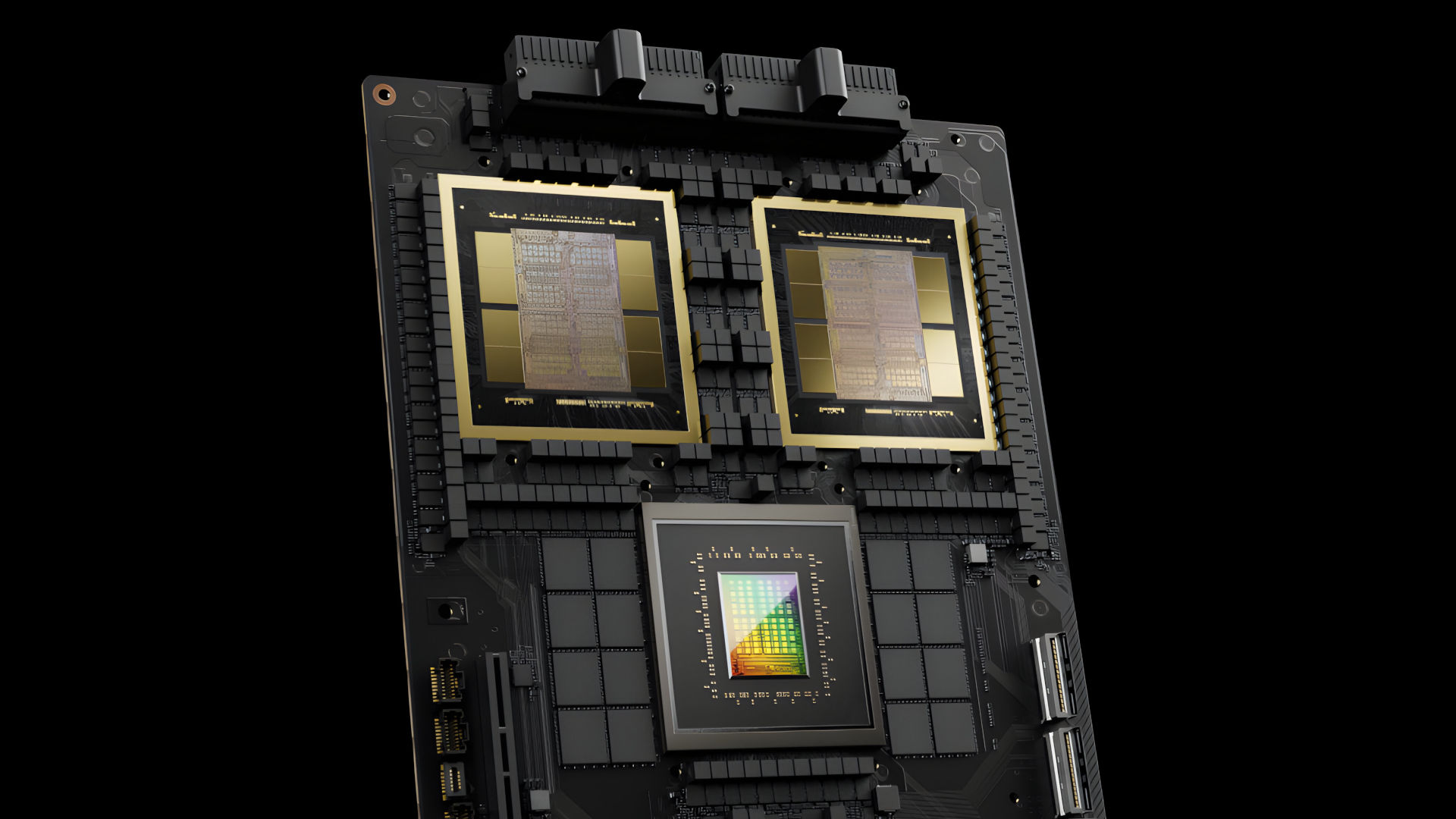
As I peck out these very words on a dilapidated MacBook Air M1, Nvidia has once again overtaken Apple as the world's most valuable company.
The markets are currently closed. But Apple's share price puts its total market capitalization, or its share prices multiplied by the number of shares, at $3.38 trillion. Nvidia? It clocks in at $3.43 trillion.
Of course, share prices of even the biggest companies can be volatile. So, there's no guarantee that Nvidia will remain on top even in the time is takes me to finish this story, publish it and put it before your eyes. But the more often Nvidia sits atop the table, the more valid its claim to be the world's most valuable company.
That status, of course, is largely down to booming sales on Nvidia AI chips, used for training and running all those large language models like ChatGPT.
To put some numbers on that, Nvidia sold around $22 billion in AI GPUs for datacenters in its most recent quarter. That compares to $3.549 billion for datacenter CPUs and GPUs combined for AMD. As for Intel, its datacenter revenue was $3.3 billion.
So, you can see where Nvidia makes its money. Actually, here's a factoid that puts things into perspective. In order to use Nvidia's AI GPUs, you need some specialised networking kit. Nvidia, of course, will be happy to sell you that kit. And it turns out Nvidia sold $3.668 billion of that kit. In other words, more than AMD or Intel sold in the actually important stuff.
The flip side to all this is that if feels like Nvidia's riches are somewhat precarious. Should spending billions on LLMs fall out of fashion, Nvidia's revenues would plummet.
Equally, the whole AI thing could explode even further and Nvidia could become even more valuable. Heck, if Nvidia's plans to make Arm chips for PCs plays out, it will be richer still, though you could argue its phones Nvidia really needs to get into if it wants to beat Apple directly at its game.
Whatever, we doff our metaphoricals to Nvidia's financial prowess. For a company that started out making a few chips that were decent at filtering textures in 3D games, Nvidia has come an awfully, awfully long way.







